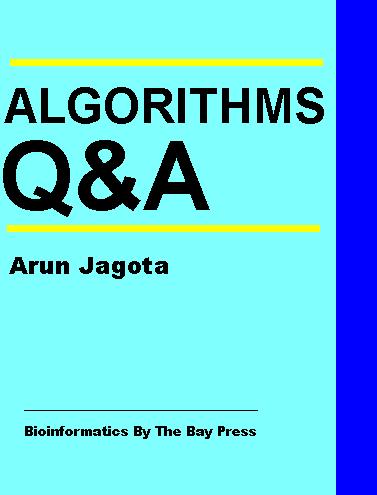- Celebrating Women
- Once Upon a Crime
- The Home Owner’s Manual
- Start a New Series
- Lonely Planet Travel Guides
- Always Available Romance eBooks
- Always Available Classic eBooks
- Always Available Indie eBooks
- Available now
- Most popular
- New eBook additions
- New kids additions
- New teen additions
- See all ebooks collections
- Influential Women
- Action Packed Adventure
- Booktok Made Me Read It
- This Book List Slaps: Favorites of the 2010s
- Classic Novels
- It’s a first!
- Try something different
- Great Narrators
- Always Available eAudiobooks
- Available now
- New audiobook additions
- Most popular
- New kids additions
- See all audiobooks collections
- Favorite Magazines
- Just Added
- Revistas
- Home & Garden
- Sports
- News & Politics
- See all magazines collections
